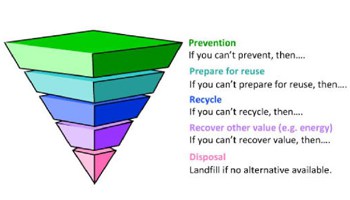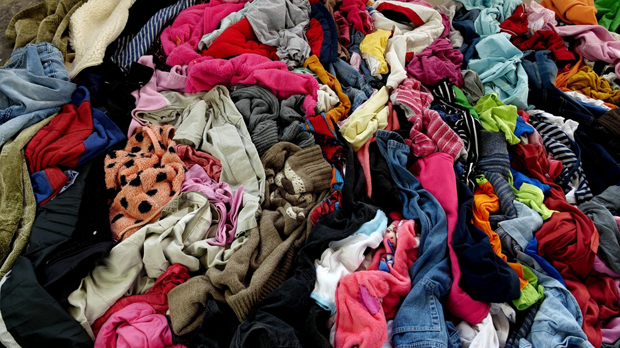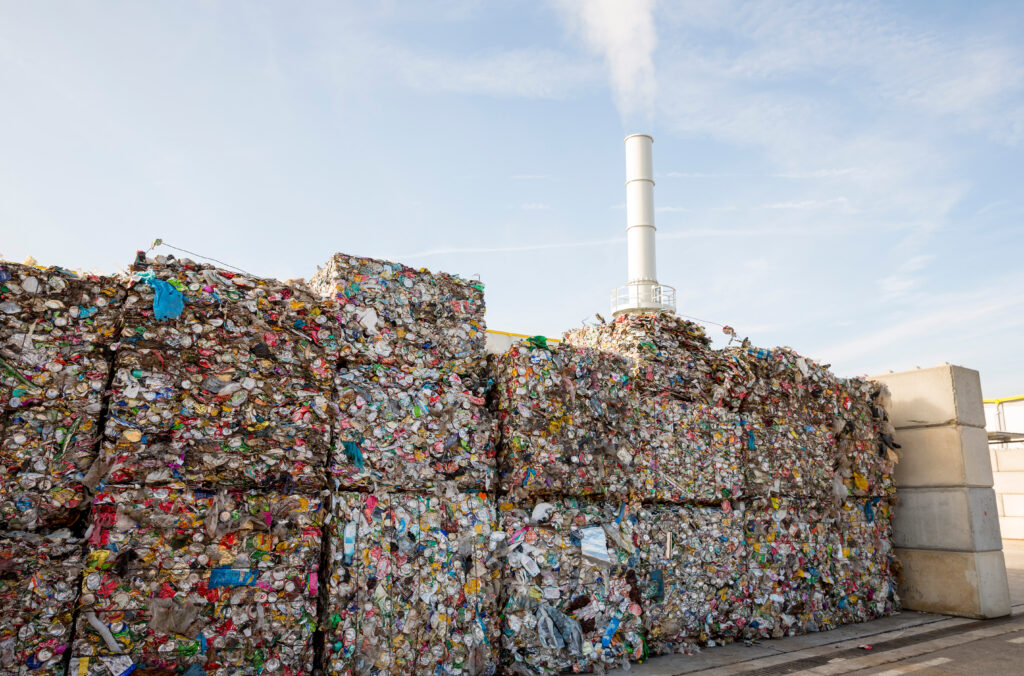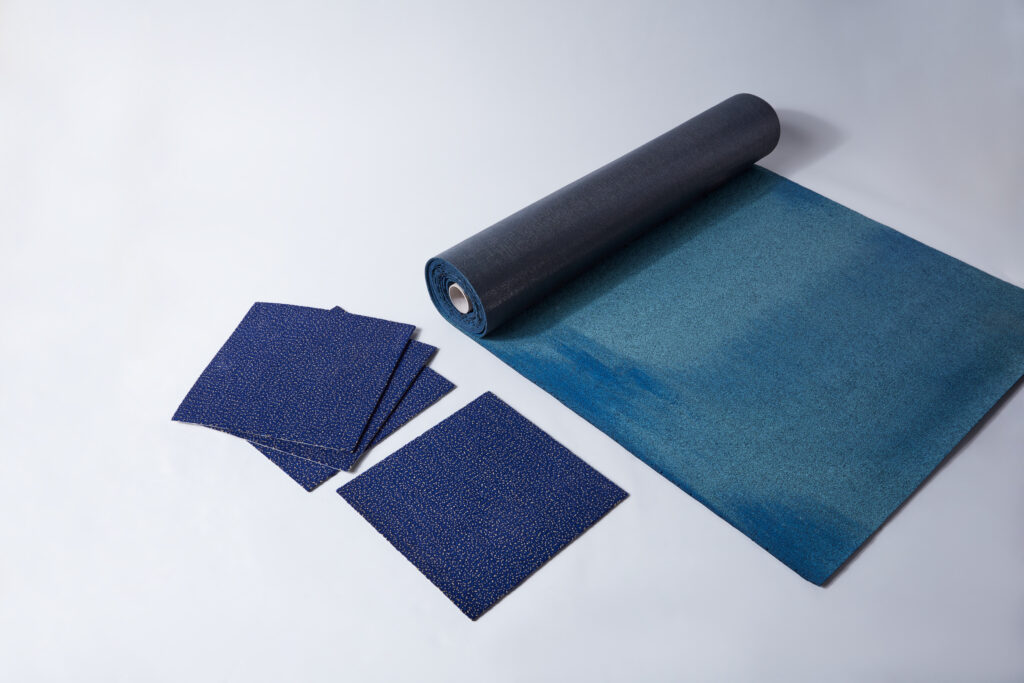In October 2012, the Scottish Government launched a consultation on the new guidance, entitled Guidance on applying the waste hierarchy.

The document claims to provide a clear indication of the priority order that waste producers, collectors and processors should be following for materials commonly collected at the kerbside or via business waste collections in a bid to derive the best quality from it.
Importantly, the guidance says it is important to prioritise high quality recycling over other forms of recycling and that separate collections, rather than commingled, are more likely to yield higher quality materials.
It says: You must endeavour to first prevent the waste arising and then take steps to prepare the waste for reuse and engage in high quality recycling before other recycling and recovery activities are considered.
Commingled
While LARAC said its members completely support the proposal to adopt the waste hierarchy as a priority, it raised concerns about the guidance which it claims clearly favours source segregation and calls for clarification on collection systems and end destinations.
It also said it would welcome clarification from the Scottish Government and SEPA on counting glass going to aggregates towards recycling rates.
In its response, LARAC said: Other areas where we would welcome further clarification relate to collection systems and end-destinations. For example, whilst the Waste (Scotland) Regulations 20121 and Scottish Parliament Briefing 12/182 clarified that the co-mingled collection of dry recyclable waste streams are a permissible alternative to the requirement for separate collection as long as the outputs of a co-mingled collection are of the same quality as those of a separate collection, the Waste Hierarchy Guidance clearly favours source segregation.
For how much longer will co-mingled collections be acceptable, if at all? What level of bring facilities for glass recycling would be deemed appropriate to meet the capture rates referred to on page 29 of the guidance document?
Closed loop
The guidance also grades different methods for treating materials as either high quality, acceptable and avoid. The materials included in the consultation include: food waste, metals, glass, textiles, and waste electrical and electronic equipment (WEEE).
LARAC questioned whether councils will be penalised for not using closed loop recycling options owing to their availability – for example, the manufacture of aggregate from glass.
It said: However, for some local authorities closed loop recycling options do not readily exist. Whilst, for example, plastic sent to be made into construction/piping materials or glass sent to aggregate manufacture may currently be acceptable as a means of recycling it is not as high quality as cullet or pelletised plastics to new products of similar value. Will local authorities be penalised for sending materials to acceptable rather than high quality outlets, when the acceptable outlets are more readily available (due to proximity etc)?
MRFs
LARAC also raised concerns about the limitation on control that councils and SEPA can exert over materials handled outside of Scotland. The Scottish Government is working on an action plan which could see all MRF operators handling municipal waste to measure the quality of their outputs form 2014 (see letsrecycle.com story).
LARAC said that it welcomed the Governments consideration of a MRF code of practice or accreditation system but said it should ideally be in harmony with the one being developed by Defra.
LARAC said: Scottish Councils have limitations on the control they can exert over materials handled outside Scotland, for example in a MRF in Northern Ireland, Wales or England. We would therefore welcome consideration of a MRF Code of Practice or accreditation system that would ensure quality compliance to regulatory standards. Ideally the code should be, for example, in harmony with that being proposed in England, or one that could be extended to MRFs outside Scotland.
Despite its concerns LARAC said it generally welcomed the guidance and the Scottish Governments commitment to periodically reviewing it in order to take account of future research findings and emerging technologies for material streams.










Subscribe for free